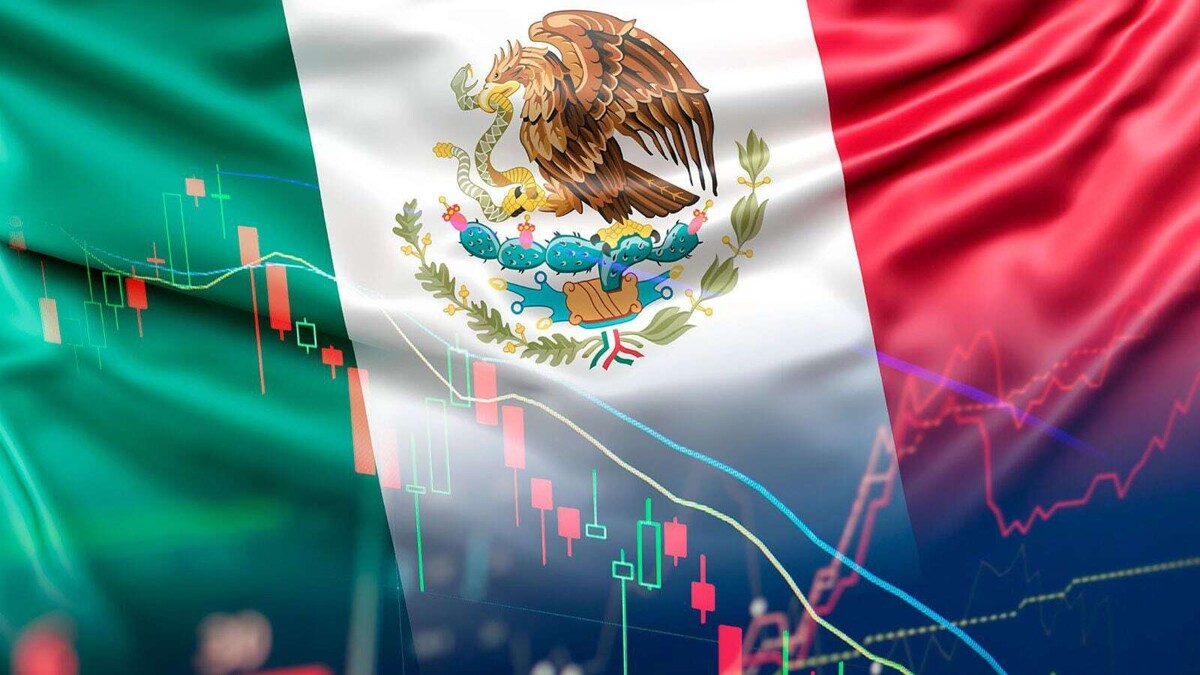
The White House confirmed that the administration of President Donald Trump will implement new tariffs on Mexico starting next Saturday, February 1. Experts believe that, although it is a negotiation strategy, it will have a "catastrophic" impact.
According to Warwick J. McKibbin and Marcus Noland from the Peterson Institute for International Economics (PIIE), a reduction of up to two percentage points in Mexico's growth rate is projected, which could be underestimated given the high integration of North American economies. Mexico will be particularly affected, as 40% of its GDP comes from exports, with 80% directed to the United States.
Gerardo Tajonar, president of the National Association of Importers and Exporters of the Mexican Republic (ANIERM), pointed out that the implementation of the tariffs would range between 40 and 60%, depending on negotiations between both governments. Although Trump’s threats are often used as a negotiation tool, there is a precedent for compliance in similar cases.
Experts warn that the economic decline caused by the tariffs could increase illegal migration of Mexicans to the U.S. due to a lack of options in a market primarily oriented toward that country. Sectors such as automobiles, steel, and food could be the most affected by the tariff increases.
Economist David A. Meier highlights that if the threats materialize, reductions in Mexican exports and a decrease in remittances are expected, which would affect external liquidity and weaken the Mexican peso and the Canadian dollar. Economic sectors are preparing for possible retaliatory measures and assessing the potential impacts amid this situation.














